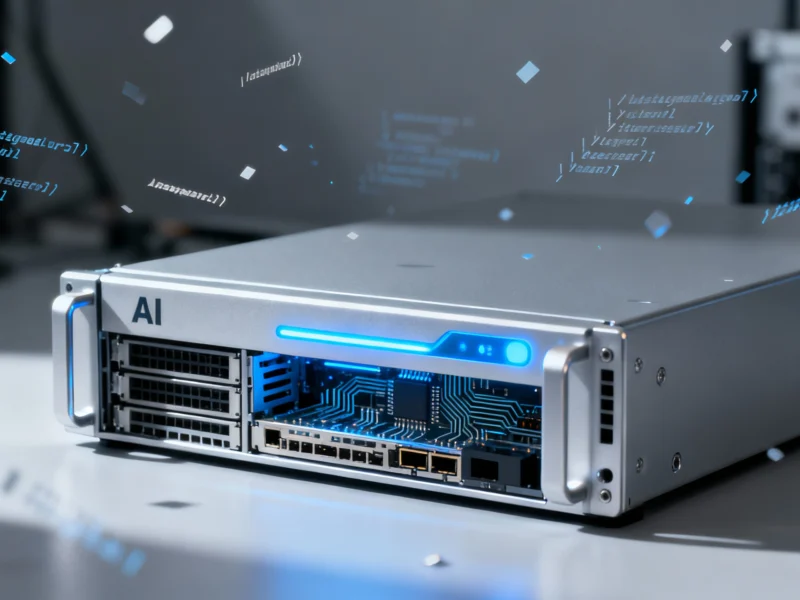AMD and Sony Tease Next-Gen Graphics Tech, Hinting at PS6 Future
AMD and Sony have jointly teased a three-pronged approach to next-generation graphics performance in a new YouTube video, sending gaming enthusiasts and industry watchers into speculation about the PlayStation 6. The companies outlined three key technologies—compression, aggregation, and dedication—that will drive future hardware improvements, with Sony’s involvement strongly suggesting these innovations will power the next PlayStation console.
Radiance Cores: Closing the Ray Tracing Gap
AMD’s new Radiance Cores represent a dedicated hardware solution for ray and path tracing acceleration, addressing what has historically been a performance weakness compared to Nvidia. Unlike AMD’s current architecture, where ray tracing shares general compute units, these specialized cores handle tracing separately—similar to Nvidia’s RT cores. This separation prevents frame rate drops and enables more complex lighting and reflection effects, a critical step for next-gen visual fidelity. As Digital Trends reports, dedicated ray tracing hardware is becoming essential for realistic lighting in games.
Neural Array: Boosting AI and Upscaling Performance
The Neural Array technology focuses on accelerating matrix multiplication, the backbone of AI processing for features like upscaling. This approach mirrors Nvidia’s Tensor cores and Intel’s XeSS, enabling more efficient machine learning-driven upscaling. AMD’s FidelityFX Super Resolution (FSR) is set to evolve with its next iteration, FSR Redstone, likely part of RDNA 5, which will leverage these arrays. Sony’s own AI upscaling solution, PSSR, is also expected to benefit. According to Tom’s Hardware, AI upscaling is crucial for achieving higher resolutions without sacrificing performance, making it a centerpiece of modern graphics tech.
Universal Compression: Optimizing Memory and Performance
Universal Compression aims to compress all graphics data in the pipeline, reducing memory overhead and improving data flow. While traditional GPUs compress only large elements like textures due to performance costs, faster silicon now makes full-data compression feasible. This technology could lower memory requirements for 4K and beyond, potentially reducing hardware costs. As AnandTech notes, efficient compression is key to handling increasing data demands in high-resolution gaming.
Implications for PS6 and RDNA 5
The collaboration between AMD and Sony strongly hints that these technologies will debut in the PlayStation 6, given AMD’s role as the chip supplier for PlayStation consoles. This tease is likely the first of many ahead of a potential CES 2026 reveal, where more details on RDNA 5 and PS6 specs may emerge. Industry analysts, including those from GamesRadar, suggest that such advancements could redefine console gaming with enhanced AI, ray tracing, and efficiency. While AMD has not provided additional comments yet, the gaming community is eagerly awaiting further announcements.
With these innovations, AMD and Sony are positioning themselves to compete fiercely in the next generation of graphics technology, potentially setting new standards for visual quality and performance in gaming.



